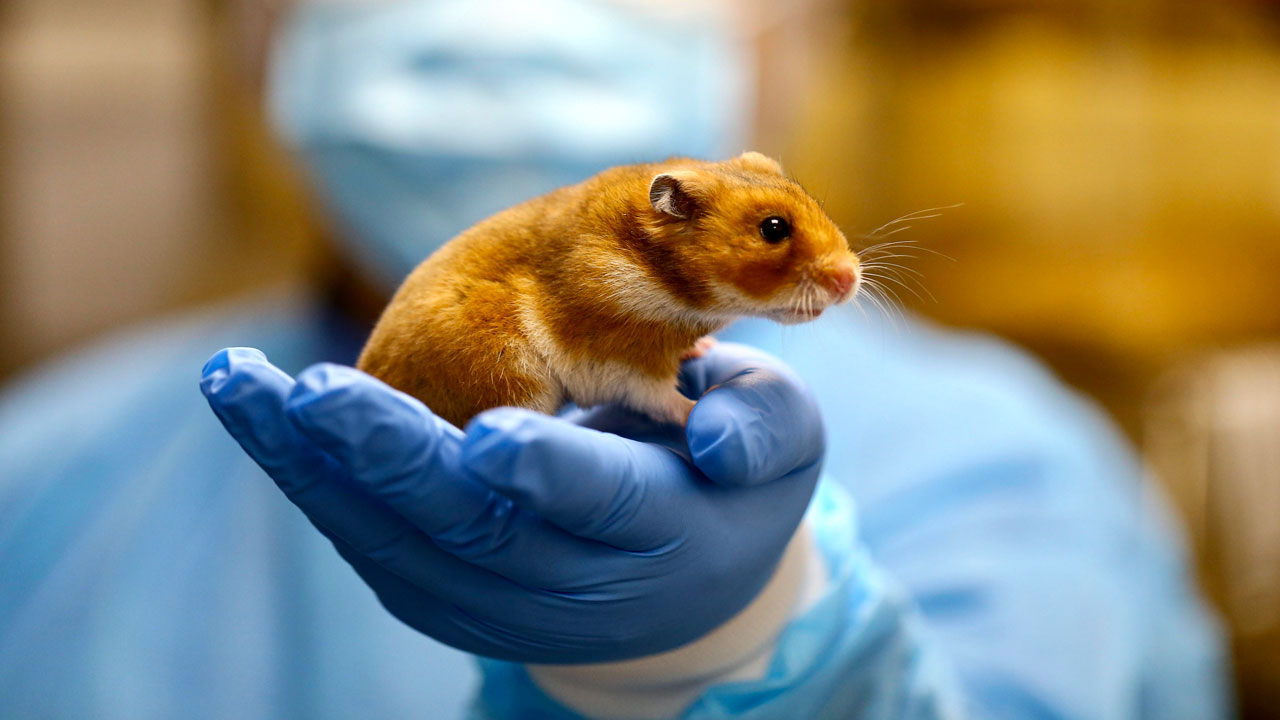News

Syrian Hamsters Show Drop in Temperature Post-Infection with H1N1
The significance of vaccine development against the influenza virus remains critical due to the constant antigenic drift that aids the influenza virus in evading the existing immunity in the human population. Consequently, the importance of annual vaccination, and vaccination being the most effective preventative action in preventing disease from the influenza virus.
The emergence of the Siberian hamster
Traditionally ferrets have been the "golden standard" animal model in influenza research, owing to the similarity of the disease symptoms they develop to those seen in humans. However, in recent years, the Golden Syrian hamster has emerged as an attractive animal model in influenza research. Despite its potential, the hamster model is not as widely utilized as ferrets or mice.
In a current study, researchers conducted a comparison between the hamster and the ferret animal models, specifically examining their responses following infection with the human H1N1 influenza virus.
Body temperature measured with DST nano-T
Scientists from the UK Health Security Agency implanted 27 healthy ferrets (Mustela furo), aged 15-19 weeks, and 24 healthy Syrian hamsters (Mesocricetus auratus), aged 6 weeks or 20-22 weeks, with Star-Oddi’s DST nano-T temperature loggers. The animals were implanted two weeks prior to infection and the loggers were set to record temperature every hour.
Syrian hamsters don’t show different baseline temperatures between sexes as ferrets do
Baseline was calculated for both sexes of the hamsters as well as the ferrets by using measurements taken in the three days before infection until just before infection. The female ferrets had significantly higher baseline temperature in comparison to the male ferrets; no such difference was shown between the sexes of hamsters. However, young hamsters were shown to have lower temperatures than the older hamsters. Following infection, the ferrets developed a fever compared to hamsters that experience a significant drop in body temperature, below baseline. The male hamsters in contrast showed lower temperatures than the females post-infection.
Fig. 1 from the article, showing the drop in temperature post-infection in the hamster groups.
Hamsters are easier to house in high bio-safety levels
Golden Syrian hamsters are small and easier to house, and handle, compared to ferrets, which is practical and important when it comes to virus strains that require biosafety level 3, like the influenza virus strains H7N9 or H5N1. This is very valuable where space is tight and being able to use more animals under high bio-safety levels could provide greater power for pathogenicity or protection research.
Further results can be found in the article that was published in Pathogens and can be accessed here.